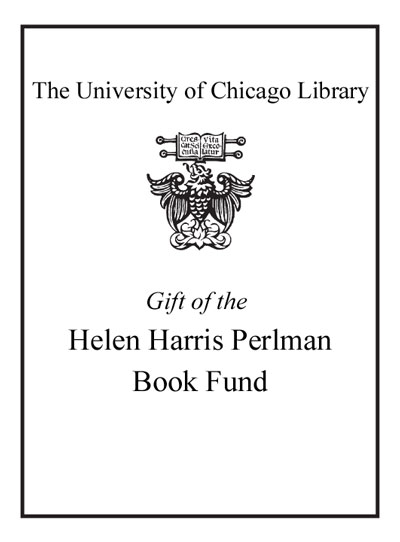Psychodynamic counselling with children and young people : an introduction /
Saved in:
| Author / Creator: | Kegerreis, Sue. |
|---|---|
| Imprint: | Basingstoke, Hampshire ; New York, NY : Palgrave Macmillan, 2010. |
| Description: | x, 198 p. ; 22 cm. |
| Language: | English |
| Series: | Basic texts in counselling and psychotherapy Basic texts in counselling and psychotherapy. |
| Subject: | |
| Format: | Print Book |
| URL for this record: | http://pi.lib.uchicago.edu/1001/cat/bib/7988656 |
Table of Contents:
- Acknowledgements
- Part I. Key Theories and Techniques
- 1. Introduction
- The need for childhood counselling
- Structure of the book - finding your way around
- 2. Key theoretical ideas in psychodynamic thinking
- The unconscious
- The inner world
- Containment
- Transference
- Countertransference
- 3. Key elements of psychodynamic technique 1
- Introduction
- Techniques used in the psychodynamic approach
- Practical equipment
- The psychodynamic toolbox
- 4. Key elements of psychodynamic technique 2
- Family trees
- Working with and working in transference and countertransference
- Working in the metaphor
- Interpretations and reality
- 5. The developmental perspective
- Early years
- Puberty and adolescence
- Mid-adolescence
- Later adolescence
- 6. Learning - the hardest task of all
- 7. Using play and art
- Reading play
- Working with art materials
- 8. Behaviour
- Part II. The Dynamics of the Counselling Relationship in Context
- 9. Understanding and working with groups
- Projection and roles in groups
- Gang dynamics
- 10. Consent and clienthood
- Who is the client?
- Turning referrals into clients
- 11. Working with difference
- Culturally sensitive practice
- Racism
- Differences in sexual orientation
- Differences in physical and intellectual ability
- 12. Working in different settings
- Schools
- 13. Family consultation centres, community adolescent services and beyond
- Child and adolescent mental health services/family consultation centres
- Community-based services
- Medical settings
- Other possible settings
- 14. Short-term and time-limited work
- Agencies and time
- Time-limited work
- Open-ended short-term work
- 15. Assessment
- What is the problem?
- Whose problem is it?
- Is counselling the right resource?
- Is this case suitable for this counsellor?
- Is the child available enough for the work?
- Anxieties and defences
- Who am I to this child?
- The child's inner emotional world
- Why now?
- The use of assessment
- 16. Endings and outcomes
- References
- Index

